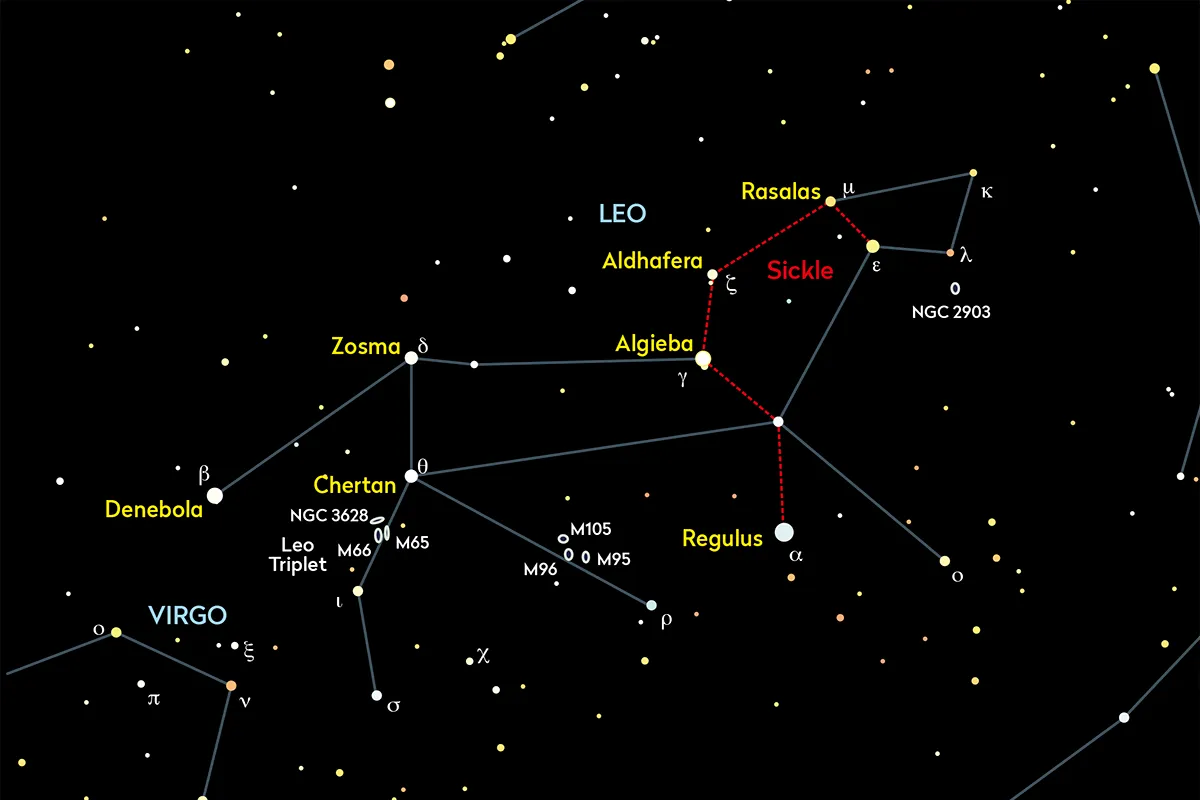Tonight sees the peak of the Leonid meteor shower, with the best time to see the Leonids being late this evening and into the early hours of Saturday morning.
The Leonid meteor shower occurs every year between 6–30 November, but peak activity is the best time to see it, provided the weather is good and the Moon is out of the way.
The good news for the Leonid meteor shower 2023 is that the Moon will very much be out of the way, leaving the skies good and dark during peak activity.
For the full picture, read Pete Lawrence's fantastic guide to the Leonid meteor shower, and scroll down for our top tips.
Find out when the next meteor shower is visible and discover what causes meteor showers

Leonid meteor shower tips and facts
Leonid meteors appear to emanate from the Sickle asterism in the Leo constellation.
The region of the sky from where a meteor shower originates is known as the 'radiant'.
Leonids could produce a Zenithal Hourly Rate (ZHR) of 15 meteors per hour.
This is under ideal conditions though, so expect to see less.
The radiant rises around 22:20 UT, attaining peak altitude of nearly 60° around 05:40 UT.
The best time to see Leonid meteors is after the radiant has gained some height.
Ideally observe from midnight on 17 November through to dawn on 18 November.

Observe a away from the light pollution of towns and cities, preferably in groups
Use a reclining chair or sunlounger to prevent neck ache, and wrap up warm
Locate the radiant in the night sky using a star chart or smartphone astronomy app
Observe with your naked eye, giving your eyes about 30 minutes to dark-adapt
Look two thirds up in the sky
If you see a meteor and can trace it back to Leo, you've likely seen a Leonid.
Find out more in our video guide below:
This guide originally appeared in the November 2023 issue of BBC Sky at Night Magazine.
